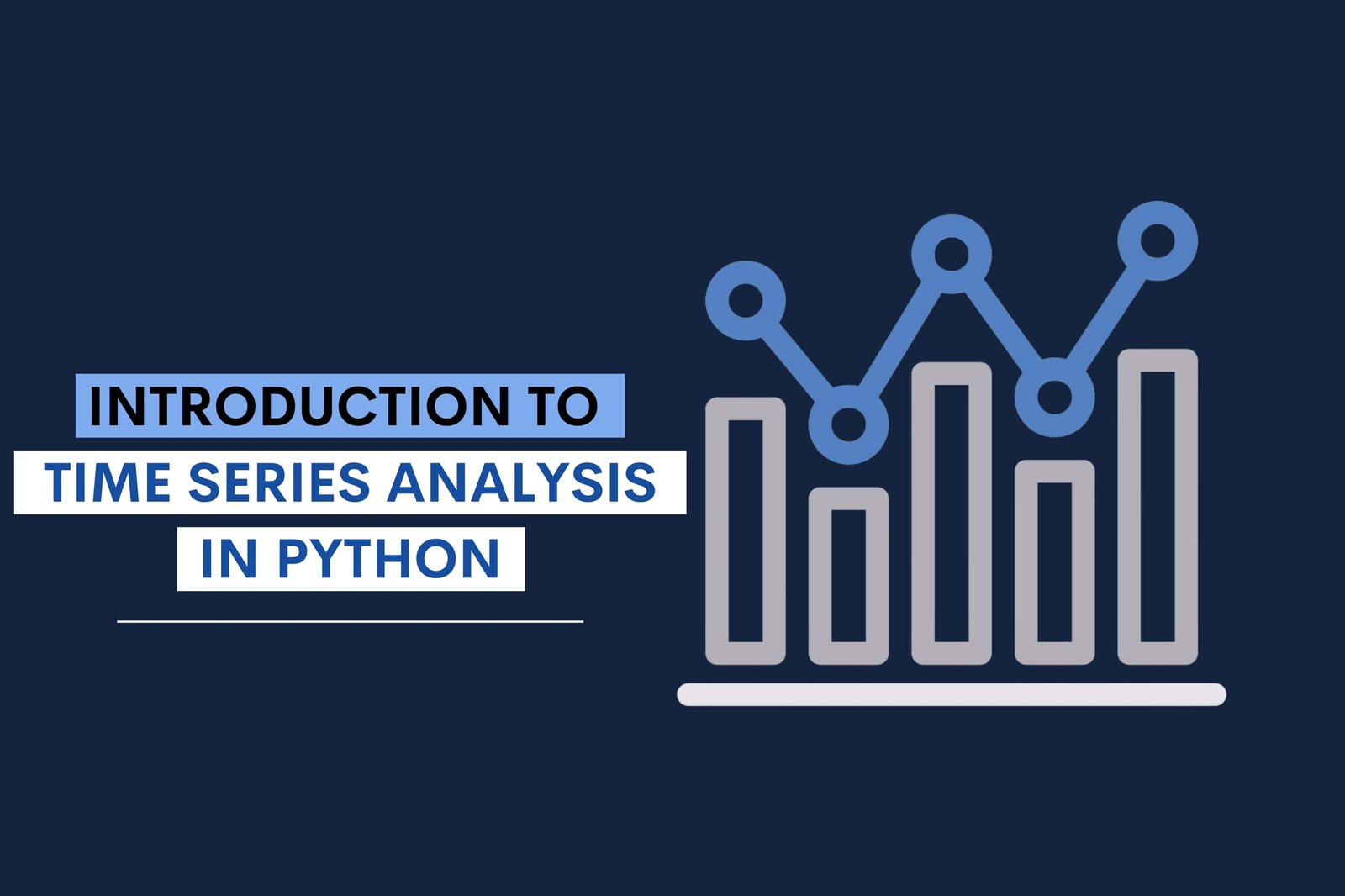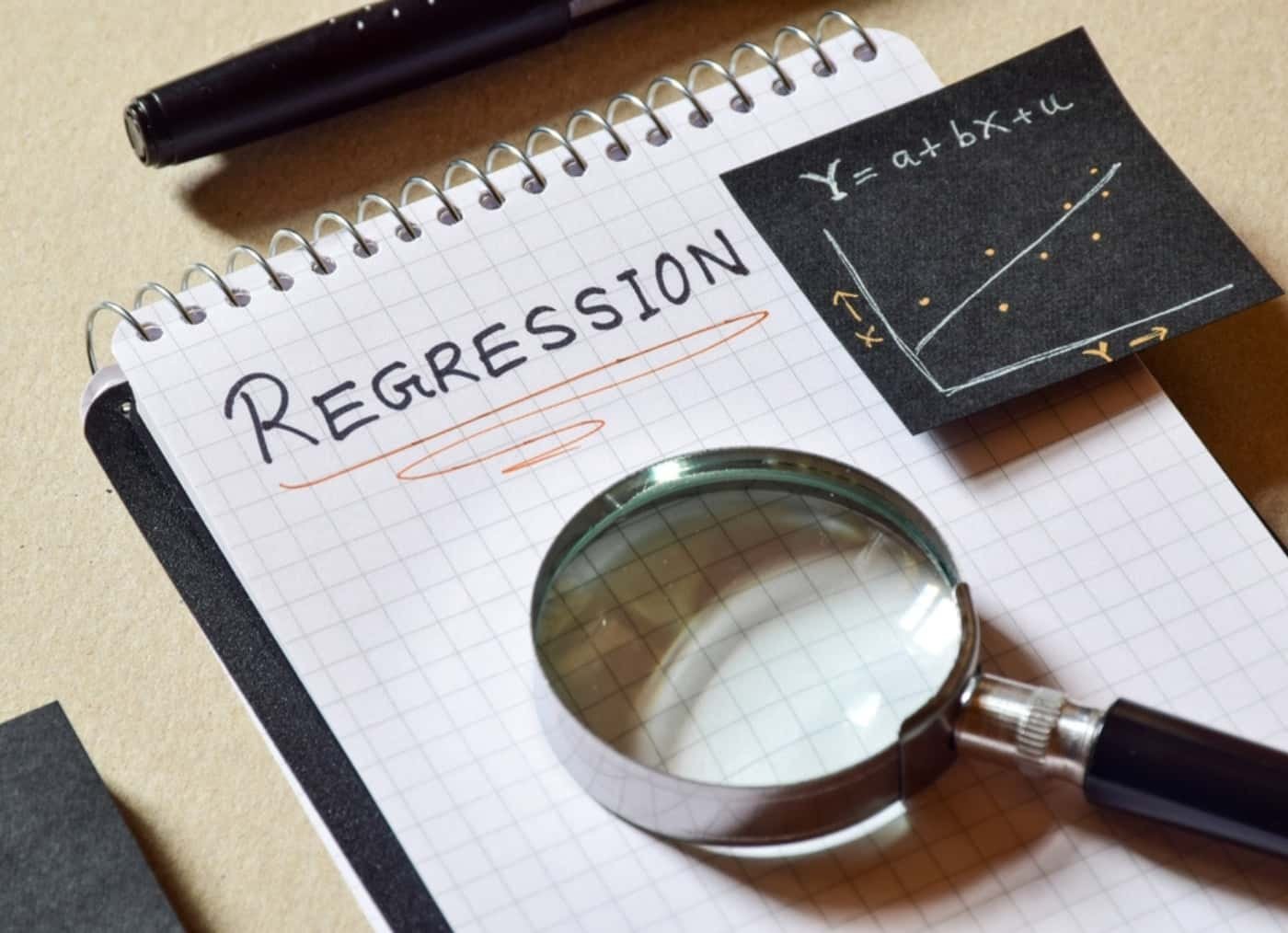Summary: Discover Deep Learning, its significance in AI and Data Science, how it works, various types, and practical applications. Understand Deep Learning’s transformative impact and career prospects in this evolving field.
Introduction
Machine Learning (ML) and Artificial Intelligence (AI) have revolutionised computing. They can perform tasks that businesses have been employing humans to perform. Machine Learning can predict patterns and trends of the future based on data from the past.
With the speedy evolution of technologies, the meanings of Machine Learning, Artificial Intelligence, and Deep Learning might baffle you.
This blog will guide you in understanding the concept of Deep Learning and how it works in the Data Science field. Explaining through examples of Deep Learning, you might also find yourself searching for career prospects in the domain.
What is Deep Learning in AI?
With technological advancement, Machine Learning and Artificial Intelligence have evolved rapidly. A subset of Machine Learning uses artificial neural networks and computer algorithms to imitate human learning.
Deep Learning uses Machine Learning algorithms to perform tasks repeatedly to improve the outcome of every task. Critical thinking is essential for solving any business problem. Deep Learning solves business problems using neural networks that learn from various levels.
It dives deep into the issues and tries to improve business operations. Deep Learning requires tons of data from where it learns, enabling the creation of insightful data possible. This is one of the primary reasons Deep Learning has grown and evolved.
How does Deep Learning work?
Deep Learning uses neural networks with multiple layers or nodes. Each node within individual layers connects with adjacent layers. The deeper the network, the more layers there are.
Within an Artificial Neural Network, the signals travel between the layers of nodes and assign corresponding weights. If a layer is weighted heavier, the effect on the next layer of nodes will be higher. The final layer, before producing the output, compiles the collected weights of the nodes of inputs and declares the result.
Deep Learning involves complex data processing and mathematical calculations. Therefore, the system hardware must be potent. However, even if a hardware system is potent, training it for neural networks takes weeks.
See Also:
Learn Top 10 Deep Learning Algorithms in Machine Learning.
What is Transfer Learning in Deep Learning? [Examples & Application].
Types of Deep Learning
Understanding types of Deep Learning is crucial as it enhances one’s ability to tackle diverse problems, optimises model selection, and improves efficiency. Deep Learning encompasses various types of neural networks, each designed for specific tasks and applications. Here, we explore some of the most prominent types of Deep Learning.
Feedforward Neural Network
A Feedforward Neural Network is one of the simplest forms of neural networks in Deep Learning. In this type of network, the data flows unidirectionally from the input layer to the output layer, passing through one or more hidden layers. The critical characteristic of Feedforward Neural Networks is that the data does not propagate backwards, meaning the movement is strictly one-way.
These networks are often used in applications where pattern recognition is essential, such as facial recognition in computer vision. The weights in the input layers are exclusively fed forward to subsequent layers, making the architecture straightforward and effective for specific tasks.
Radial Basis Function Neural Networks
Radial Basis Function (RBF) Neural Networks are distinguished using radial basis functions as activation functions. These networks typically have two layers: an input layer and a hidden layer, where the neurons compute the input’s distance from a central point.
This relative distance calculation helps the network to make decisions based on proximity to these central points. RBF networks are instrumental in scenarios requiring rapid response, such as power restoration systems, where quick and accurate decision-making is critical to restoring power efficiently. Their architecture allows for precise handling of non-linear data.
Multi-layer Perceptron
A Multi-layer Perceptron (MLP) is a type of neural network that contains more than three layers, including an input layer, multiple hidden layers, and an output layer. This structure enables MLPs to handle complex, non-linear data with high accuracy.
Each node in a layer connects to every node in the subsequent layer, ensuring robust data processing and feature extraction. MLPs are extensively used in applications like speech recognition, where capturing intricate patterns in the data is crucial. Their depth and connectivity make them versatile tools in Machine Learning technologies.
Convolutional Neural Network (CNN)
Convolutional Neural Networks (CNNs) are specialised variations of multi-layer perceptrons. They incorporate one or more convolutional layers, which apply convolution operations to the input data, followed by pooling layers to reduce dimensionality. This structure allows CNNs to recognise and identify complex image patterns effectively.
CNNs are instrumental in image processing tasks like object detection and image classification. By focusing on local features and spatial hierarchies, CNNs can efficiently and accurately process visual data, making them a cornerstone in computer vision applications.
Recurrent Neural Network (RNN)
Recurrent Neural Networks (RNNs) are unique because they feed the output back into the network as input, allowing for sequential data processing and memory retention. This characteristic enables RNNs to predict outcomes based on previous inputs, making them ideal for tasks involving time series data.
RNNs are widely used in developing chatbots and text-to-speech systems, where maintaining a context or state over time is essential. Retaining a small state of memory helps RNNs understand and generate sequences of text or speech, providing more natural and coherent interactions.
Check: Unlocking Deep Learning’s Potential with Multi-Task Learning.
Examples of Deep Learning Applications
Understanding examples of Deep Learning applications is crucial as they highlight the technology’s transformative impact across various fields. The following are real-life examples of Deep Learning that you might find interesting and that will make you curious to learn more about them.
Virtual Assistants:
Alexa, Siri, and Cortana act as virtual assistants that use Deep Learning regarding speech recognition connected with human language. When humans interact through these visual assistants, it can interact with them.
Translations:
Deep Learning is used to translate between different languages automatically. Travellers, business people, and government officials use translation tools to understand various languages.
Chatbots and service bots:
The Recurrent Neural Network is a type of Deep Learning. It provides customers with services that respond intelligently to customer queries. It is also a helpful way of increasing the number of auditory and text questions.
Transforming Image Colours:
Previously, humans manually made changes and transformed black-and-white images to colour format. With the help of Deep Learning algorithms, it is now possible to use the context of the image to recreate the black-and-white image in colour.
Facial Recognition:
Facial recognition is increasingly used as a security requirement in social media and even as password protection. Deep Learning has increasingly facilitated the use of facial recognition to maintain security. However, the challenge with this technology is that when a person changes hairstyle or shaves his beard, it obstructs recognising the face.
Must Read: Top 8 Fascinating Applications of Deep Learning You Should Know.
Deep Learning Career Prospects
As Artificial Intelligence (AI) permeates various business sectors, the demand for professionals skilled in Deep Learning is rising. Companies increasingly seek experts who can leverage Deep Learning to drive innovation and efficiency.
Machine Learning Engineers, in particular, are in high demand due to their specialised skills. As Deep Learning systems continue to evolve and improve, the career prospects in this field are set to grow exponentially.
The emergence of COVID-19 has accelerated the adoption of AI and Deep Learning applications, especially in India. In July 2021, India’s AI market was valued at $7.8 billion, marking a 22 percent increase compared to 2020.
The Machine Learning market in India is projected to reach $2.81 billion by 2024. Furthermore, the market size is expected to demonstrate a compound annual growth rate (CAGR) of 36.11% from 2024 to 2030, resulting in a market volume of $17.87 billion by 2030.
This rapid growth underscores the expanding opportunities for AI and Deep Learning professionals.
Salaries in India’s Deep Learning and AI sectors reflect the high demand for these skills. The average salary for a Machine Learning Engineer is ₹11,50,000 per year, with additional cash compensation averaging ₹1,50,000.
The average annual wage for AI Engineers is ₹11,00,000, with extra compensation ranging from ₹91,819 to ₹3,20,000.
Deep Learning Engineers earn an estimated pay of ₹9,12,500 per year, including an average salary of ₹8,00,000 and additional pay averaging ₹1,12,500. This extra pay may include bonuses, commissions, tips, and profit sharing.
Frequently Asked Questions
What is Deep Learning in AI?
Deep Learning in AI involves using Artificial Neural Networks to emulate human learning processes. These networks analyse vast amounts of data through multiple interconnected layers of nodes, identifying patterns and making decisions. This allows AI systems to solve complex problems and improve their performance iteratively.
How does Deep Learning work?
Deep Learning utilises neural networks with multiple layers. Data flows through these layers, with each node processing inputs and passing results to the next layer. The network assigns weights to connections, adjusting them through training to optimise accuracy, eventually producing a refined output based on learned patterns.
What are the types of Deep Learning?
Types of Deep Learning include Feedforward Neural Networks for straightforward data flow, Radial Basis Function Networks for rapid decision-making, Multi-layer Perceptrons for handling complex data, Convolutional Neural Networks for image recognition, and Recurrent Neural Networks for processing sequential data like speech or text. Each type serves specific tasks effectively.
Parting Thoughts
Thus, this blog explains Deep Learning and its detailed uses for different purposes in different industries. Deep Learning in the Data Science field continuously evolves and revolutionises how human expertise has transformed through Machine Learning systems. Suppose you want to become an expert in this field. In that case, you need to take a Data Science course by Pickl.AI, which offers Machine Learning and Artificial Intelligence as part of its curriculum. You could learn What Deep Learning is and develop skills in Artificial Intelligence.






